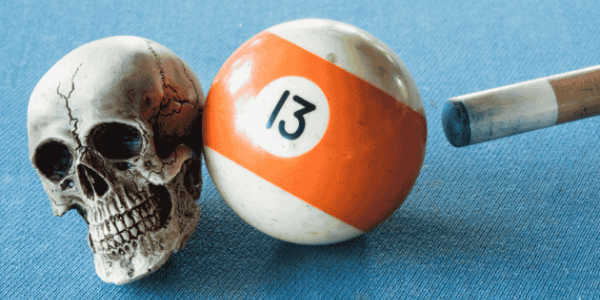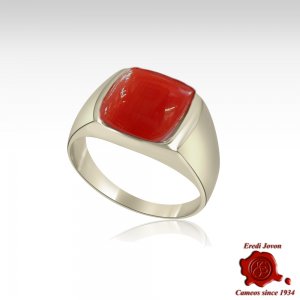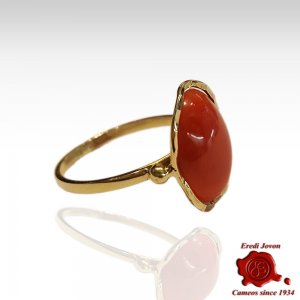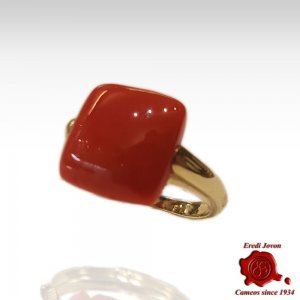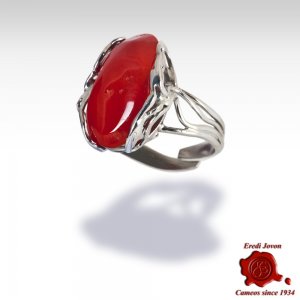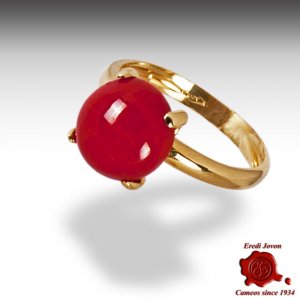3 things you should not ask me about coral

In my working life I have heard so many times these three questions that sincerely I cannot stand anymore
Before starting this post I’ll be the one asking you a question
• Is Nature Perfect or is Nature Perfect because of its imperfections?
Think about it for a minute and answer before start reading this post … Done?
Now we can start with the questions you shouldn’t ask me … obviously I am joking ... but not so much, believe me!
At the end of every question, I will answer to each one, teaching you a trick as a suggestion for that particular topic.
Before starting to talk about it ... this is me doing a coral neclace in our workshop ... as you will see everything is done by hand
• I want a very dark red coral
I want my red coral bracelet, my necklace, my Italian horn, my earrings to be extremely red ... and so on
First of all: keep in mind that color names can be subjective and there can be some variation in how different people interpret and describe colors.
Unfortunately, the smartphone’s filters make people expecting an altered version of the real world: it is always a good idea to take a step back and remember that they don't necessarily reflect reality and they can give a false impression of what a scene or object truly looks like.
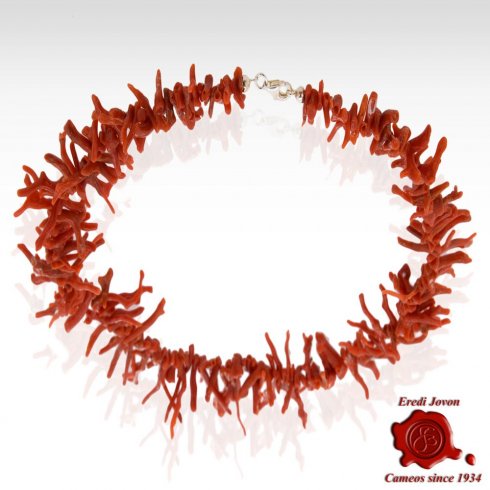
Red Italian Coral Jewelry
Red Italian Coraljewelry in 18 kt Gold or in White Silver 925% - Certificate Included
Red Coral JewelryTrick #1: Look at the world with your eyes, don’t use a smartphone’s filter!
Having said this: Natural Red Italian Coral has different shadows of red that stay in a round which keep in a circle of a middle red color tone. Why did I point out the word “Natural”?
Because it is a common practice, in the textile and fashion industries, to use dyes to achieve a particular color.
So we can easily make coral darker and deeper in color, exactly as you would like it: we would just need to dye it!
Beware, because there will always be the “smart guy” that will make your impossible dream came true, by just faking it.
Furthermore, it is important to note that the use of dyes can have environmental and health impacts.
Are you ready? I am pleased to introduce you to.... "Mr. Smart Guy"!
He will say "YES" to all your questions, he will make your wishes come true:
- you want it exceptionally red,? He will make it red
- You want it extraordianay big? He will make it big
- You want it CHEAP? He will make the best discount ever ... just because is YOU!
Above you have his actual picture, just the word "WANTED" is missing:)
Do you think it's something impossible: here you can read the experience of customers that met him!

• I want my coral to be perfect
I want to be clear: Coral, like any other living organism, is not perfect.
My wife is no perfect.. and coral is not perfect either! You say something different, you’ll speak with her ?.
Jokes apart, it all comes back again to the Philosophy to accept an altered reality like an universal truth.
The very best qualities will show small imperfections, and this will certify the originality of the product purchased.

Red Coral Beads Necklace Chain from Italy
Italian Red Coral Beads Necklace, genuine (with certificate) first choice mediterranean coral chain traditionally 18 inches long.
Red Coral Beads NecklaceThat is why when somebody says that the priest, the guru or the holy man says that a certain coral is not perfect or good for religious or astrological purposes, I simply answer “to each one his own trade!”
Let me explain: seeing that there is an hole in a coral cabochon is different than to know that such imperfection is totally normal for the natural material you’re choosing! For the first you just need to have eyes, for the second you need a deep knowledge about that particular industry.
We can in fact easily adjust holes and imperfections on the coral surface using waxes, plasters and similar chemical components.
Is that really what you want? Would you rather prefer that?
Again you will find the “smart guy” able to help you on making your dream came true … simply by faking it again!
Trick #2: Ask to an industry professional
• This coral is too small, I want a bigger one, do you have it?
Coral in general is a slow-growing organism and can be very sensitive to changes in its environment, such as changes in water temperature, pollution, and physical damage.
Italian coral grows very slow and doesn’t reach big sizes: a regular and normal branch is not much bigger than a human hand.
What does it mean? Big corals cabochon and beads are rare and consequentially expensive!
For Italian coral the price therefore varies exponentially: if a first choice 7 mm wire costs about 1000 euros, an 8 mm wire of the same quality it will cost about 2000!
Do you want it big? Just prepare yourself to spend the right price for it!
So .. how much does coral cost per carat or per gram?
That’s why it is a no sense to ask how much coral costs per gram because the correct question should contain the following info:
• Which kind of coral
• Which kind of choice
• Which size
• Which cut
Again the same “fantastic Mr. Smart Guy” (ready to make your dreams come true) could offer you a big bamboo necklace (a cheap white gorgonian artificially dyed in red) for a couple of hundred dollars.
The paradox is that for a couple of hundred dollars you could have a real coral necklace ... small, normal red, with some imperfection ... but real and certified!
This guy holds 90% of the Market: I mean for every real and certified necklace I sell, Mr. Smart Guy sells nine imitations!
Trick #3: Always ask for a Certificate
Now, I’m just curious… what did you answer to my previous question?
If you think nature is perfectly fantastic with its imperfections, I think we can deal together with mutual satisfaction
Otherwise (sooner or later) you’ll meet "Mr. Fantastic guy” that will make your wishes easily come true singing .. “another one bites the dust!”.
The biggest hug in the world

If you enjoyed this post maybe you could want to know more about:
Information
Last post
-

Love Hope Faith Amulet | Meaning and Tradition
Discover the meaning of the Faith, Hope & Charity charm: a timeless amulet to wear every day. A jewel that tells...
-

The Four-Leaf Clover: the rare gift that dares to speak to the heart
Discover the true meaning of the four-leaf clover and its Italian twist with the lucky cornetto charm—a rare story...
-
